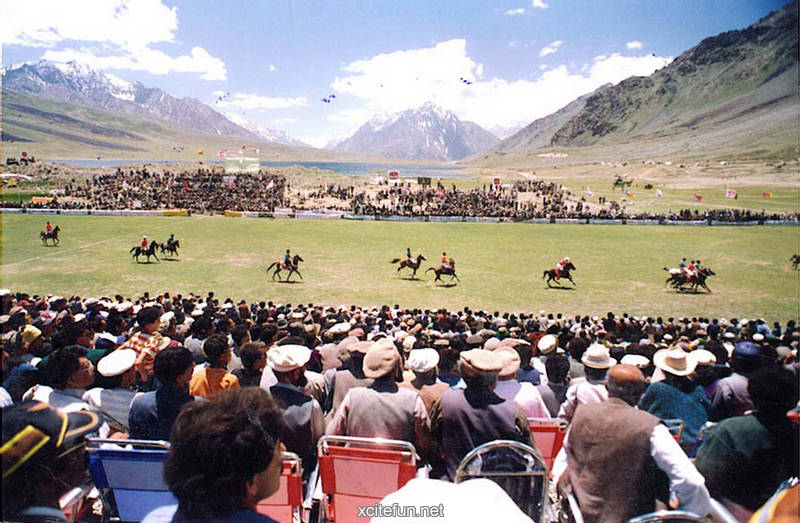I
grew up watching Uncle Sargam on TV. It was a regular weekly feature and how
can I miss it, it was a famous character. The program was hilarious, witty and
very decent, it was suitable for viewers of all ages. Program themes were
social, political and general life issues.
Uncle Sargam
is a puppet character first appeared in the children's television show Kaliyan
aired on Pakistan Television in 1976. Uncle Sargam was created by an award winning
puppeteer and television director Farooq
Qaiser.
Farooq Qaiser
is a Pakistani artist, columnist, director, puppeteer, script writer and voice
actor. He is also author of some books. Qaiser is well known for his fictional
puppet Uncle Sargam Farooq is also a cartoonist, columnist and writing a local
newspaper in Lahore and famous for his column titled Meethay Karelay (Sweet
gourd).
He
created Uncle Sargam who resembled his teacher Molnar from Romania.
Calm, cool and composed are the right words which can be attributed to Uncle
Sargam. From 1976 till a few years back, Uncle Sargam remained constant in appearance
and wit. Surely one of the most memorable characters of Pakistani TV.
































